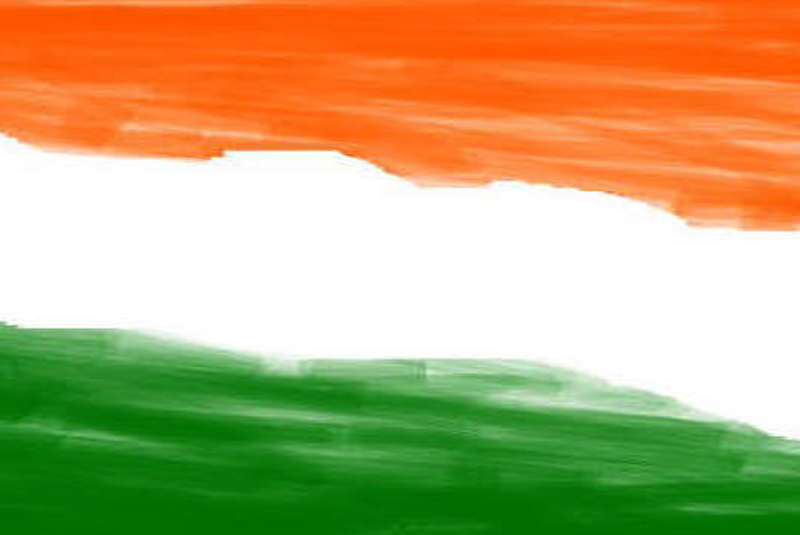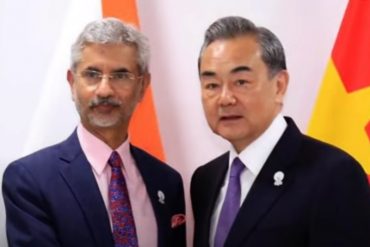Circa 1900, the poet Rabindranath Tagore wrote a verse in Bengali, titled Chitto Jetha Bhoyshunno. In July 1901, it was published in a Bengali volume titled Naivedya.
It was a prayer, a “Prarthona,” for a new India.
Almost a decade later, upon William Rothenstein’s request, Tagore put together a collection of prose translations from Bengali into English. The collection, called Gitanjali, meaning “Song Offerings,” was published by The India Society, London, in 1912. In 1915, The Macmillan Company, New York, published it as a book with an introduction by W.B Yeats, who wrote:
So abundant and simple is his poetry, the new renaissance has been born in your country.
Chitto Jetta Bhoyshunno appears as the 35th poem in the anthology. Translated into English, it reads: Where the mind is without fear. The verse seemed apt for the pre-independence times, characterised by repression and colonial rule. In 1917, Tagore read out the English version, then titled ‘Indian Prayer,’ at the Indian National Congress session in Calcutta.
Copyright©Madras Courier, All Rights Reserved. You may share using our article tools. Please don't cut articles from madrascourier.com and redistribute by email, post to the web, mobile phone or social media.Please send in your feed back and comments to editor@madrascourier.com











